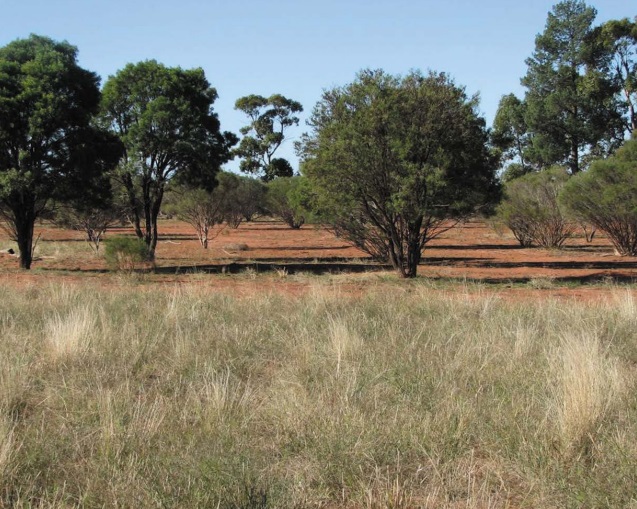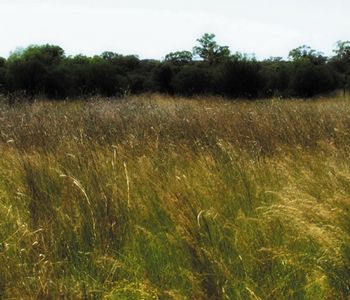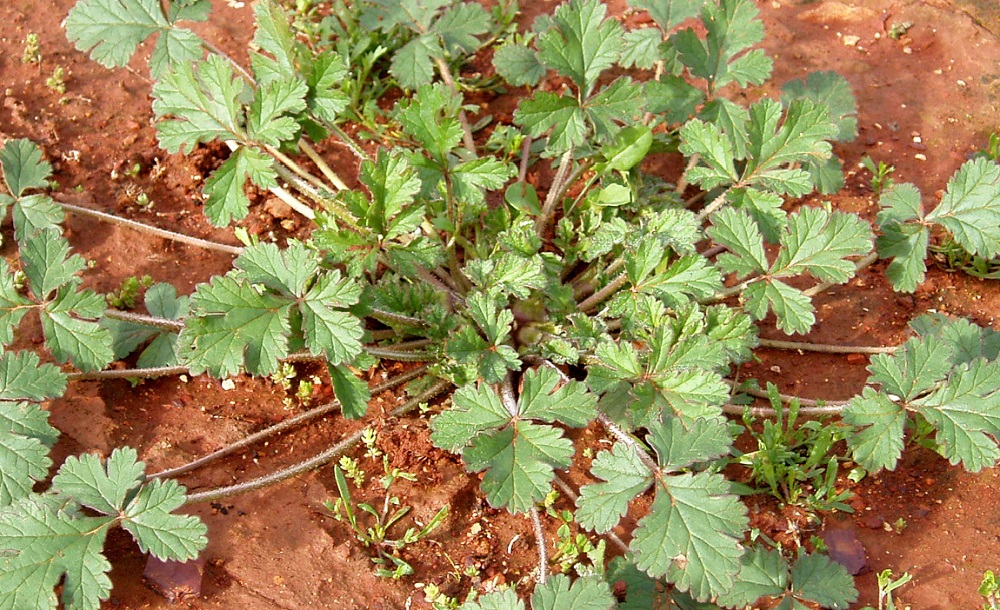Rangeland Pastures
Across our semi-arid rangelands, climate is highly variable, property scale is large in comparison to higher rainfall areas, and the landscape can respond in seemingly unpredictable ways. Effective grazing management of rangeland areas is important to ensure the sustainable utilisation of these areas by large-scale grazing industries.
To sustainably manage a grazing enterprise in this environment, an understanding of ecology, as well as agronomy, is required. Every pasture species has its own particular characteristics which can be used by managers to influence pasture composition to better manage grazing pressure.

Ten practical ways to sustainably manage semi-arid rangeland for production
There are ten broad principles that lead to sustainable management of rangeland pastures that have been identified for grazing in this environment. These principles are particularly relevant to maintaining the unique biodiversity of the Western region and parts of the Central West and Riverina.
1. Actively control feral animals
All grazing animals, including domestic, feral and native animals, need to be managed so native plant species are not over-grazed. The impact of feral animals can be substantial. Gaining control of feral goats and rabbits is crucial to implementing grazing management actions. Pigs, foxes, wild dogs, rabbits and feral cats also have important impacts on production and biodiversity and can contribute to a significant run-down in the natural resource base. These feral animals adversely affect pasture and livestock productivity, water quality, soil stability and disease management. They also have a critical impact on native fauna and flora.
2. Control access to watering points
Grazing animals need water. The control of access to water is a key tool to manage grazing pressure on extensive areas where domestic, feral and native herbivores may be highly mobile or difficult to muster. The location and accessibility of watering points, continuity of supply and water quality will influence the use of pastures, herd productivity, non-domestic animal grazing pressure and land condition. Pasture species that do not tolerate grazing will mainly be found in areas far from watering points. While increasing the number of watering points is desirable in terms of evenness of grazing pressure, the persistence of decreaser pasture species can decline as a result. Well planned properties can assist in the protection of decreaser species across the landscape.
3. Maintain and improve groundcover
Groundcover includes pastures, dead plant material such as pasture residue or tree leaf fall and gibber, and biological soil crusts. Groundcover plays an essential role in minimising erosion, promoting moisture infiltration and providing conditions for pasture establishment. Land managers should aim for a minimum target of 50% groundcover. Effective groundcover management techniques favour the growth and regeneration of perennial species and are critical to establishing healthy pastures.

4. Manage for drought
Drought has always been a feature of semi-arid rangeland ecosystems. NSW's semi-arid rangelands are lands of droughts and floods where seasonal variability is normal. Planning for this variability is an essential aspect of any property management strategy. Make use of climate risk management information to help cope with seasonal fluctuations. Conditions affecting how badly a drought will be felt include:
- total grazing pressure
- stocking rates when conditions start to worsen
- the availability of water
- the number of pest animals and native species
- competing for limited feed supplies.
5. Manage invasive native scrub (INS)
Some types of woody vegetation found throughout semi-arid rangelands regenerate readily with favourable seasons. Since natural controls on regeneration, especially fire and competition from vigorous perennial pastures have declined through grazing practices, these species now behave in an invasive manner. Ongoing management of woody vegetation should therefore be an ongoing consideration. Take a tactical, whole-of-property approach aiming for a balanced environment with active monitoring of early stage INS growth.
6. Manage pasture species
Healthy pastures are the cornerstone of a sustainable grazing enterprise. The protection of perennial pastures and the use of annuals will help
make your property more productive and viable. Grazing animals selectively eat the most palatable plants, leaving those that are less nutritious or digestible. Palatable perennial pastures provide long-term drought resilience and persistent groundcover but are susceptible to selective grazing. Managing pastures to ensure palatable perennials survive, while making the most of annual growth, provides good productivity while maintaining long-term stability.
- Perennials have a life cycle of two years or more and can regrow from both seeds and ‘growing points’. Examples include woollybutt grass, bladder saltbush, Mitchell grass and curly windmill grass.
- Annuals often quickly germinate and grow in favourable seasons and set large amounts of seed. They seldom persist more than a year. Examples include blue crowfoot, medics and button grass.

7. Manage total grazing pressure
The poor condition of rangeland vegetation is often a result of heavy grazing pressure from feral and native herbivores as well as domestic stock. The control of total grazing pressure, especially measuring kangaroo movement and feral goat impact, is a critical first step to improving groundcover and implementing sustainable management practices. Improving fencing infrastructure is usually the first step towards TGP management. Once areas are protected from uncontrolled grazing, landholders can manage stocking pressures and spell country without unwanted grazers.
8. Match stock numbers to feed availability
The skill of estimating pasture growth, in terms of how many stock it will carry and for how long, is fundamental to sustainably managing rangelands. Graze only 30% by weight of key perennial grasses and aim to maintain greater than 50% groundcover. Adjusting stock numbers to match the amount of feed available gives greater ability to manage risk, better feed quality, drought resistance, prevents declining land condition, and gives better biodiversity outcomes.
9. Rest pastures regularly
Palatable perennial grasses and forbs provide long-term groundcover, competition to invasive scrub seedlings and productivity into dry seasons. Continuous grazing can produce adverse changes in pasture composition while long-term rest periods often improve pasture composition. Rest at key times is a management tool to allow these plants to set seed, establish, and replenish root reserves. For a pasture to remain productive, perennial plants must be in good condition with a healthy root base so they can quickly re-shoot after rainfall. They must also be able to regenerate from seed. To influence pasture composition, rest pastures when desirable species are re-seeding or while seedlings are becoming established.
10. Think long-term and act short-term
Long-term planning and investment in new skills or knowledge are traits that improve property viability and natural resource sustainability. The ability of the land to produce forage for stock in the future will be dependent on how well the land is managed today. Sustaining the natural resource base of pastoral enterprises is crucial for long-term success.